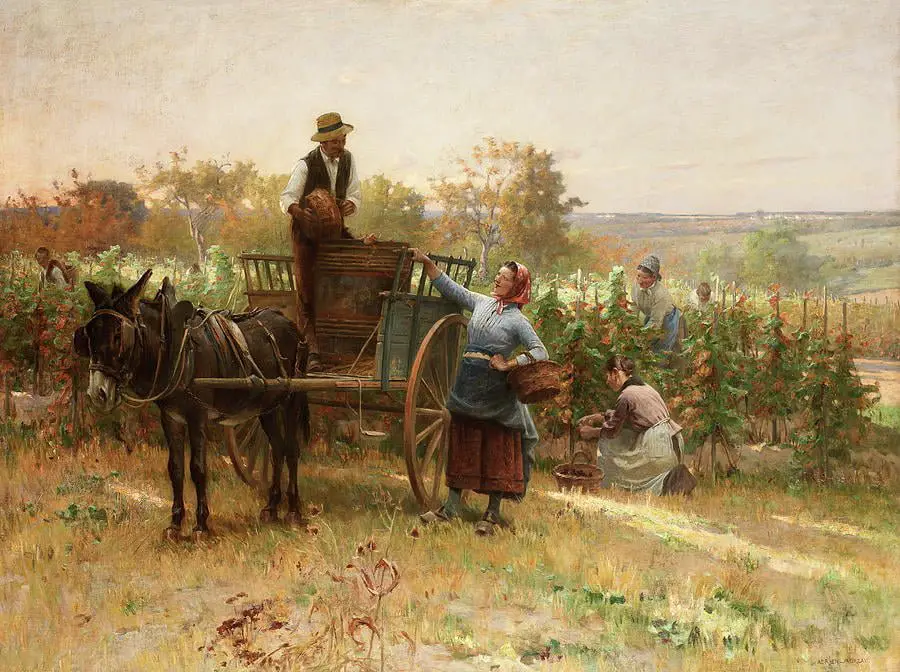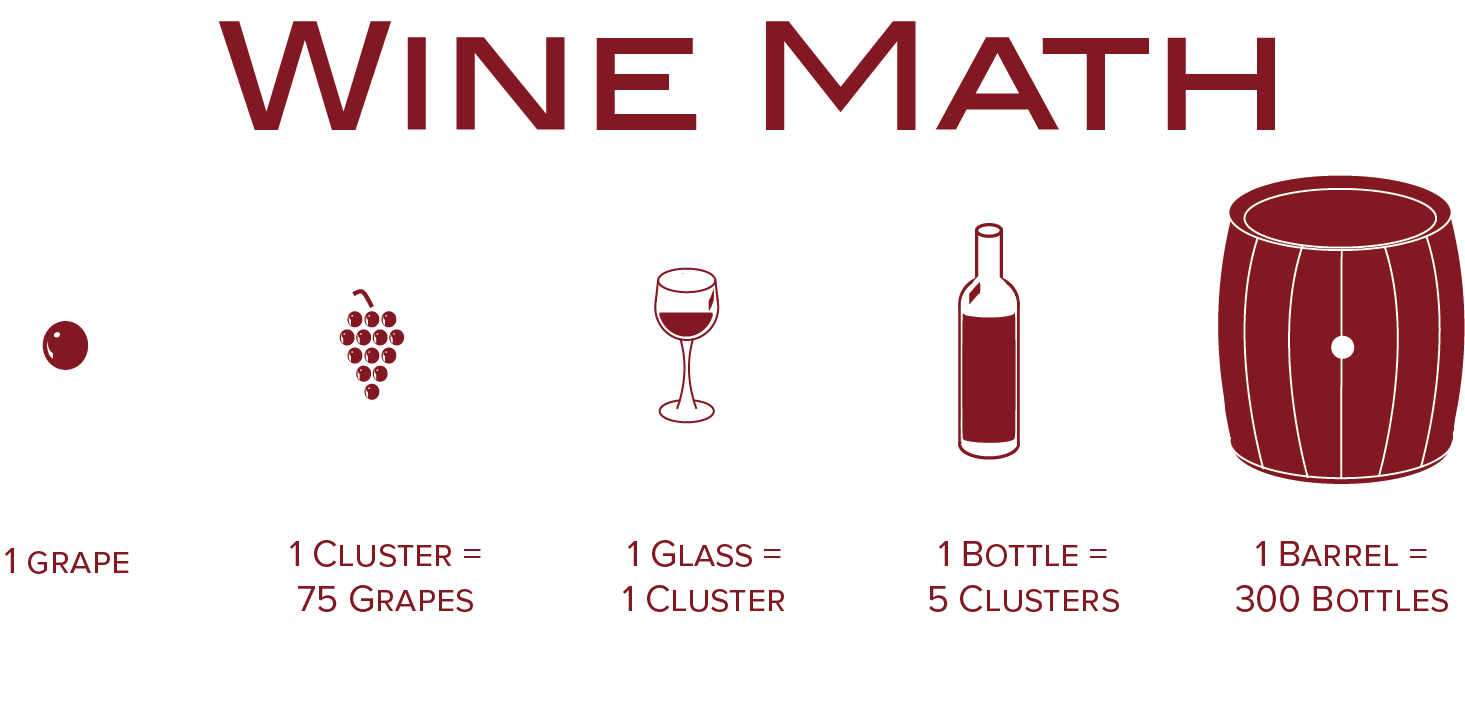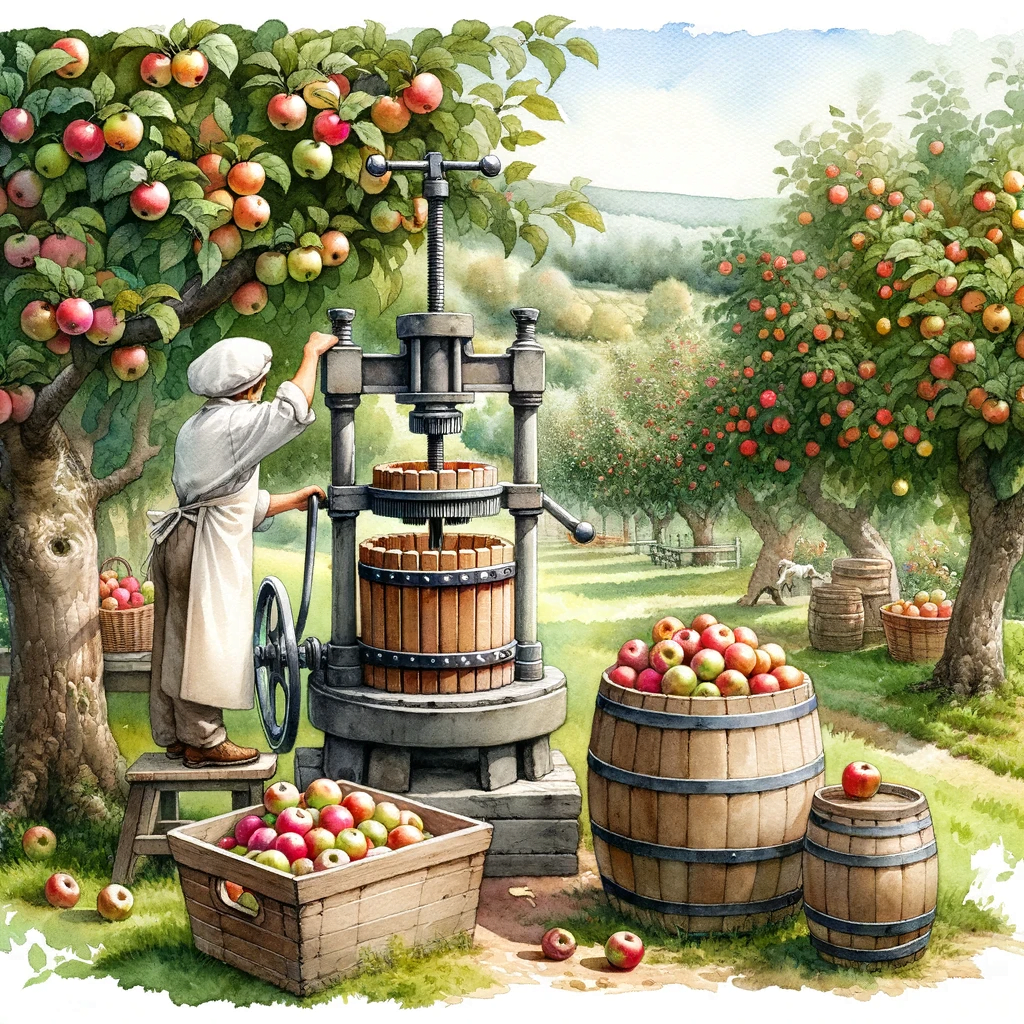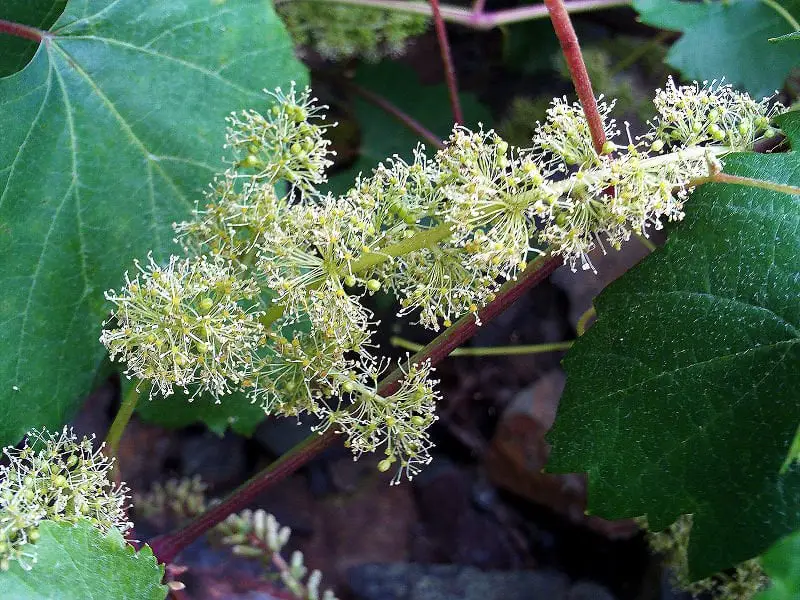Imagine yourself amidst the sprawling vineyards, surrounded by lush green leaves and clusters of plump grapes glistening in the sunlight. The Art of Grape Harvesting unveils the fascinating process of how these delicious fruits are meticulously picked at their peak of ripeness. From the skilled hands that carefully select each grape to the rhythmic dance of vineyard workers moving swiftly through the rows, this article transports you into the enchanting world of grape harvesting. Discover the techniques, traditions, and dedication that go into ensuring every grape harvested is bursting with flavor. Get ready to embark on a journey through the vineyards, as we explore the artistry behind this captivating practice.
History of Grape Harvesting
Ancient Origins
Grape harvesting, the process of gathering ripe grapes from the vineyards, dates back to ancient times. The cultivation of grapes can be traced as far back as 6000 BC in what is now known as Georgia. In ancient Egypt, the harvest of grapes was depicted in hieroglyphics, indicating its cultural and economic significance. The Greeks and Romans also cultivated grapes and considered them valuable crops. They recognized the importance of harvesting at the right time to ensure the best quality wines. The use of grape presses and other rudimentary tools during this period laid the foundation for the techniques used in grape harvesting today.
Medieval Techniques
During the medieval period, grape harvesting techniques evolved as winemaking became an integral part of religious and secular life. Monastic and feudal vineyards were common, with grapes harvested by hand laborers known as vignerons. The grapes were carefully picked and sorted to ensure only the finest ones were chosen for winemaking. This manual labor-intensive approach continued until the introduction of mechanical harvesting equipment in the modern era.
Modern Methods
The advent of technology revolutionized grape harvesting in the modern era. Today, winemakers have access to advanced machinery and innovative techniques that have significantly improved efficiency and productivity. Modern grape harvesting methods can be classified into two main types: hand harvesting and mechanical harvesting. While some wineries still adhere to traditional hand harvesting, mechanical harvesting has gained popularity due to its ability to reduce labor costs and increase overall efficiency.
Factors Affecting Grape Harvesting
Climate
Climate plays a crucial role in grape harvesting. The ideal grape-growing climate consists of a combination of warmth, sunshine, and moisture. The temperature, precipitation patterns, and sunlight hours throughout the growing season determine the grape’s sugar content, acidity, and overall flavor. Different grape varieties thrive in specific climates, so winemakers carefully select the grape varieties based on the climate of the region.
Grape Variety
The choice of grape variety is a significant factor in determining the harvesting process. Each grape variety has different characteristics, including ripening time, cluster size, and sugar content. Some grape varieties ripen earlier and require early harvesting, while others take longer to reach optimum ripeness. Winemakers must consider these factors to ensure they harvest the grapes at the perfect stage for the desired wine style.
Ripeness
Determining the optimal ripeness of grapes is crucial for producing high-quality wines. Grapes harvested too early may lack flavor and acidity, while those harvested too late can have excessive sugar levels and low acidity. Winemakers utilize various methods for assessing ripeness, such as measuring sugar levels, sampling grape juice, and tasting the grapes themselves. Achieving the ideal balance between sugar, acidity, and flavor is essential for producing wines of exceptional quality.
Pest and Disease Management
Pests and diseases pose significant challenges to grape harvesting. Insects, birds, and mammals, such as deer, can damage the grapevines and consume the ripe grapes. Winemakers employ various pest control measures, such as netting the vineyards, using scare tactics, and implementing environmentally friendly pest management techniques to protect the grapes. Disease prevention and treatment also play a vital role in achieving a successful harvest. Fungal diseases, such as powdery mildew and botrytis, can devastate grape crops if not properly managed.
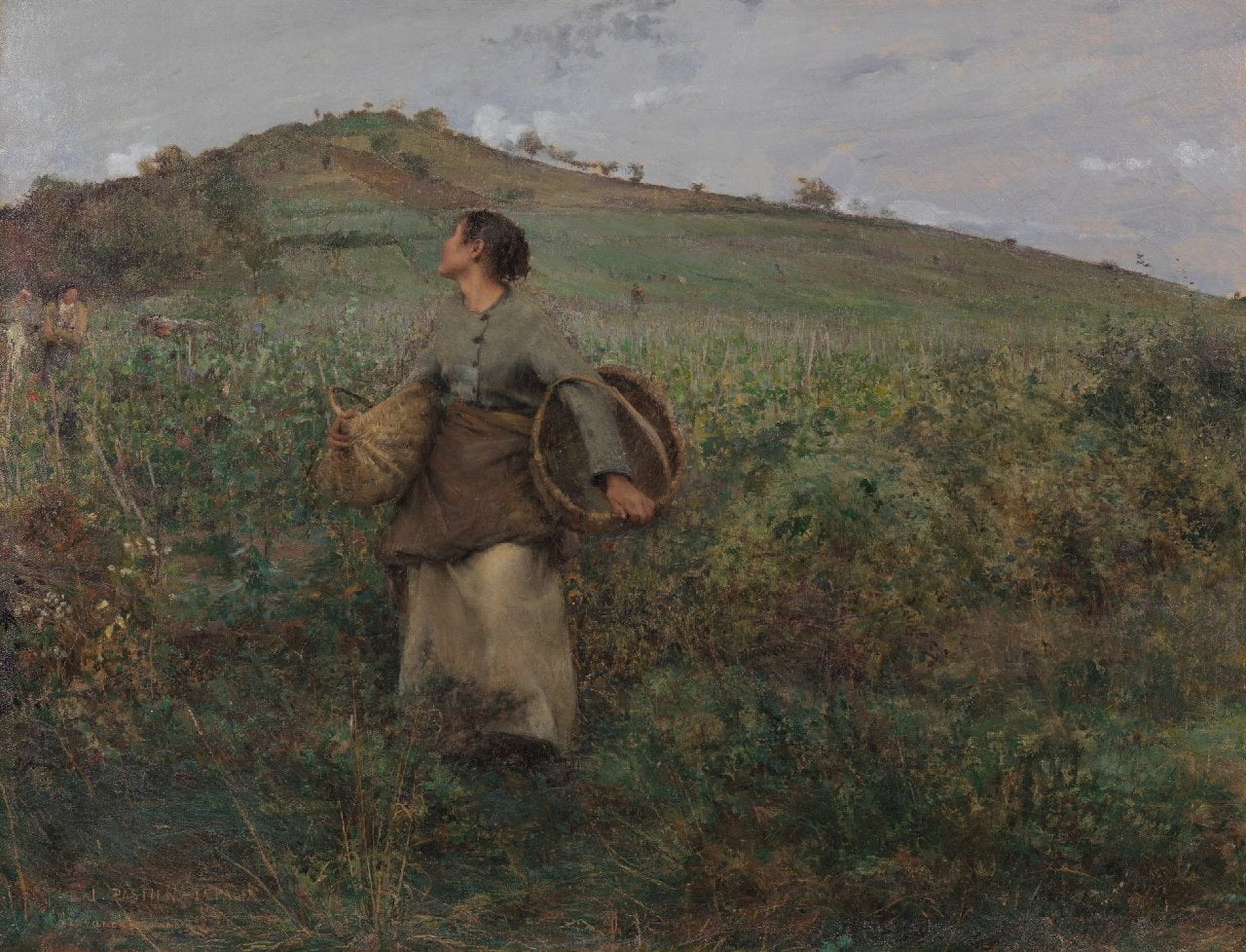
Types of Grape Harvesting
Hand Harvesting
Hand harvesting involves manually picking grapes from the vines. This method requires skilled laborers who carefully select and sort the grapes to ensure only the best quality ones are collected. Hand harvesting is often preferred for premium grapes and wines, as it allows for greater control over grape selection and minimizes the risk of damaging the delicate fruit. It is particularly beneficial for steep or uneven terrains where machinery cannot easily access.
Mechanical Harvesting
Mechanical harvesting involves the use of specialized machinery to mechanize the grape picking process. These machines are designed to shake the grapevines, causing the grapes to fall into a collection container. Mechanical harvesters significantly reduce labor costs and harvest time, making them popular for large vineyards with high grape yields. The machines must be carefully calibrated to ensure they do not damage the grapes during the process.
Hand Harvesting Techniques
Selective Picking
Selective picking is a technique used in hand harvesting where only the fully ripe grapes are chosen for collection. Skilled laborers carefully inspect each cluster and only pick those grapes that have reached their optimum ripeness. This method ensures that only the best-quality grapes are used for winemaking, resulting in wines with concentrated flavors and balanced acidity.
Cluster Cutting
Cluster cutting involves removing entire grape clusters from the vine using pruning shears or specialized knives. This technique is commonly used when the grape clusters are too large or densely packed. By cutting off the entire cluster, it becomes easier to handle and transport the grapes during the harvest.
Bucket Method
The bucket method is a simple yet effective technique that involves placing individual clusters into small buckets or bins. These buckets are then emptied into larger bins for transportation to the winery. This method allows for careful inspection and sorting of the grapes during the harvest.
Hand-held Shears
Hand-held shears are commonly used in hand harvesting to cut individual grape clusters from the vine. The laborers carefully assess the ripeness of each cluster and ensure they are cut from the vine without damaging the grapes. Hand-held shears provide precision and control in the harvest process and are favored in small-scale vineyards where attention to detail is crucial.
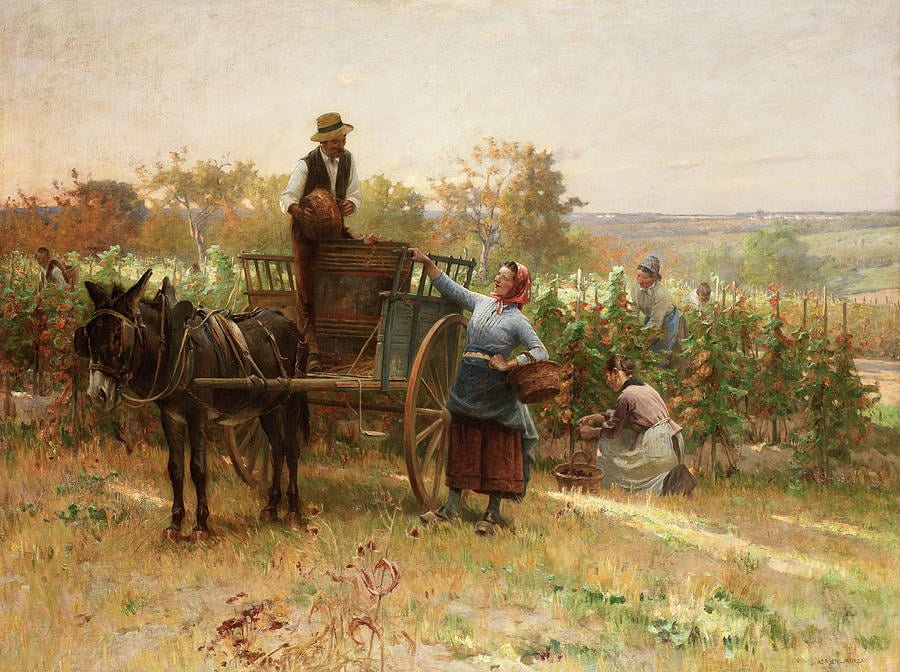
Mechanical Harvesting Process
Machine Types
Mechanical harvesters come in different types, ranging from self-propelled machines to towed or tractor-mounted units. The selection of the machine largely depends on the vineyard’s size, terrain, and specific harvesting needs. Self-propelled harvesters are capable of navigating uneven terrains and can harvest a large area efficiently. Towed or tractor-mounted harvesters are more suitable for flat or well-maintained vineyards.
Vibration and Shaking
Mechanical harvesters use vibrations and shaking mechanisms to dislodge the grapes from the vines. These vibrations can be adjusted to ensure the grapes are detached without causing significant damage. The shaking motion mimics the gentle hand movement used in hand harvesting, allowing for a controlled harvesting process.
Canopy Shaking
Canopy shaking is a specialized technique used in mechanical harvesting. The machine shakes the grape canopy, causing the ripe grapes to fall onto catching frames or conveyor belts below. This method is particularly effective for vineyards with vertically trained vines, ensuring all clusters are harvested.
Challenges in Grape Harvesting
Timing
The timing of grape harvesting is critical for achieving the desired wine style and quality. Harvesting too early can result in underripe grapes, while delayed harvesting can lead to overripe or spoiled grapes. Winemakers must constantly monitor the grapes’ development and make informed decisions based on the sugar levels, acidity, and flavor profiles to determine the optimal harvest time.
Labor Availability
Finding an adequate workforce for hand harvesting can be challenging, especially in regions with labor shortages or high labor costs. The demand for skilled laborers who possess the expertise to handpick grapes is often higher than the available supply. This has led to an increased reliance on mechanical harvesting equipment, which reduces the labor requirements.
Quality Control
Maintaining quality control throughout the grape harvesting process is essential for producing exceptional wines. Whether hand harvesting or using machines, winemakers must ensure that only ripe, healthy grapes are harvested. Vigilant inspection and sorting of the grapes, along with proper grape handling and transportation, are crucial to prevent any deterioration in quality.

Grape Sorting and Processing
Destemming and Crushing
Once the grapes are harvested, they undergo a sorting process to remove any unwanted materials, such as leaves or stems, before further processing. Destemming removes the grapes from their stems, while crushing breaks open the grape skins, releasing the juice. This process prepares the grapes for extraction during fermentation.
Pressing
Pressing is a key step in grape processing, primarily used for white wines and certain styles of rosé wines. The purpose of pressing is to extract the juice from the crushed grapes while minimizing contact with the grape skins. Different pressing techniques, such as gentle pressing or hard pressing, are employed to achieve the desired juice extraction and minimize the extraction of harsh tannins.
Fermentation
Fermentation is the transformative process where yeast consumes the grape sugars and converts them into alcohol. This pivotal stage in winemaking gives rise to the complex aromas, flavors, and textures characteristic of the final wine. The harvested grapes, along with their skins, are typically fermented in tanks or barrels, allowing for the extraction of color, tannins, and other compounds from the skins. Fermentation can take place with or without the addition of selected yeast strains, depending on the winemaker’s desired style.
Grape Harvesting Tools and Equipment
Pruning Shears
Pruning shears, also known as secateurs, are an essential tool in hand harvesting. These handheld cutting tools allow laborers to carefully cut individual grape clusters from the vine without damaging the grapes or the surrounding foliage. Pruning shears are designed with sharp blades and comfortable handles to facilitate precise cutting and minimize fatigue during the harvest.
Ladders
Ladders are commonly used during hand harvesting, particularly in vineyards with trellised vines. They provide laborers with a stable platform to reach higher clusters and ensure a thorough harvest. Ladders are available in various sizes and designs, with features such as anti-slip steps and sturdy construction to prioritize safety in the vineyard.
Buckets
Buckets serve as convenient containers for collecting hand-harvested grapes. They come in different sizes and materials, such as plastic or stainless steel, depending on the winery’s preferences. The buckets allow for gentle handling of the grapes and often have built-in handles or hooks for easy transport and pouring into larger collection bins.
Winery Equipment
Once the grapes are collected and transported to the winery, various equipment comes into play. Destemming machines, crushers, and presses are used for processing the harvested grapes. Fermentation tanks or barrels are employed for the transformation of grape juice into wine. The winery equipment is vital in ensuring a smooth transition from grape harvest to winemaking, maintaining the wine’s quality and integrity throughout the process.
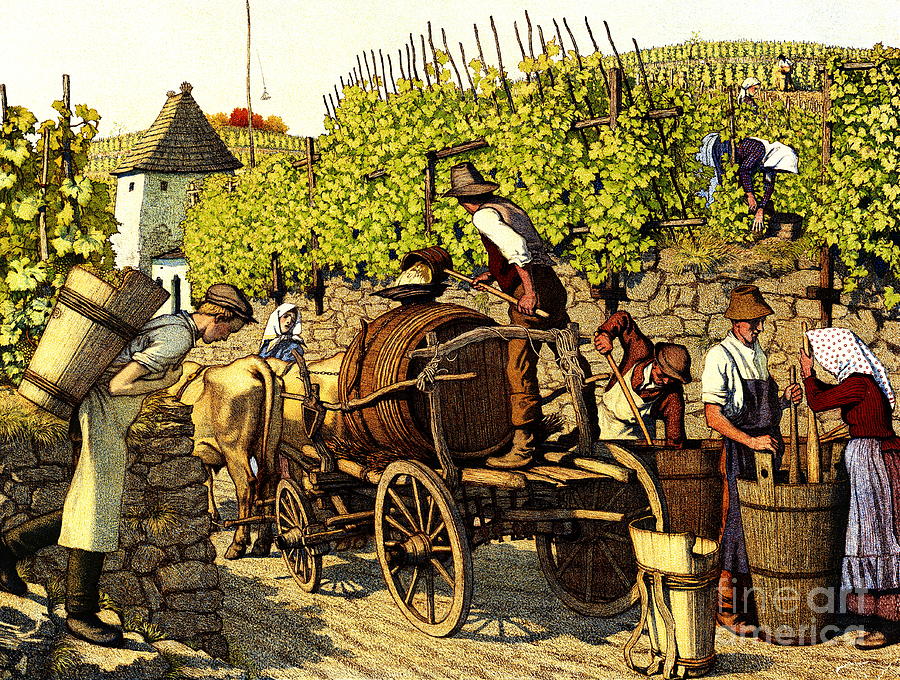
Grape Harvesting Traditions
Harvest Festivals
Grape harvest festivals are celebrated in many wine-producing regions around the world. These festivals mark the culmination of the labor-intensive grape harvesting season and provide an occasion for winegrowers and enthusiasts to come together in a spirit of joy and gratitude. Harvest festivals often feature music, dancing, grape stomping, and tasting events, showcasing the cultural significance and communal celebration of grape harvesting traditions.
Wine Rituals
Throughout history, various wine rituals have been associated with grape harvesting. From traditional blessings and ceremonies to symbolic offerings and prayers, these rituals reflect the deep-rooted connection between humans, nature, and the bountiful harvest. Wine rituals serve as a way to honor the grapevine, express gratitude, and invoke good fortune for the upcoming vintage.
Future Trends in Grape Harvesting
Precision Agriculture
Precision agriculture, also known as smart farming, is an emerging trend in grape harvesting. This technology-driven approach utilizes drones, sensors, and data analytics to monitor vineyard conditions, such as soil moisture, nutrient levels, and disease presence. By collecting real-time data, winemakers can make more informed decisions regarding irrigation, pest management, and grape harvesting timing, ultimately enhancing grape quality and sustainability.
Robotic Harvesting
Robotic harvesting is an area of ongoing research and development in the wine industry. With advancements in robotics and artificial intelligence, automated machines are being developed to mimic human harvesting techniques, with the aim of improving efficiency and reducing labor costs. Robotic harvesters can potentially navigate vineyards, identify ripe grapes, and perform selective picking, ensuring precise harvesting while minimizing damage to the grapes and vines.
Climate Change Adaptation
As climate change poses challenges to grape growing and harvesting, winemakers are exploring innovative strategies to adapt to changing conditions. This includes adjusting grape varieties and planting in new locations as temperatures shift, implementing canopy management techniques to mitigate heat stress, and embracing sustainable farming practices to enhance vineyard resilience. Climate change adaptation in grape harvesting is essential for future-proofing the wine industry and maintaining consistent grape quality despite environmental fluctuations.
In conclusion, grape harvesting has a rich history spanning ancient civilizations to the modern era. The evolution of techniques, from manual labor-intensive practices to advanced machinery, showcases the continuous pursuit of quality and efficiency in winemaking. Factors such as climate, grape variety, ripeness, and pest management significantly influence the harvesting process. Hand harvesting techniques, including selective picking and cluster cutting, require skilled laborers, while mechanical harvesting offers cost-effective solutions for large-scale vineyards. Grape sorting and processing, together with the use of specialized tools and winery equipment, ensure the preservation of grape quality throughout vinification. Grape harvesting is not just a process but also a tradition, celebrated through harvest festivals and wine rituals. Looking ahead, precision agriculture, robotic harvesting, and climate change adaptation are shaping the future of grape harvesting, promising greater precision, efficiency, and sustainability in winemaking.
